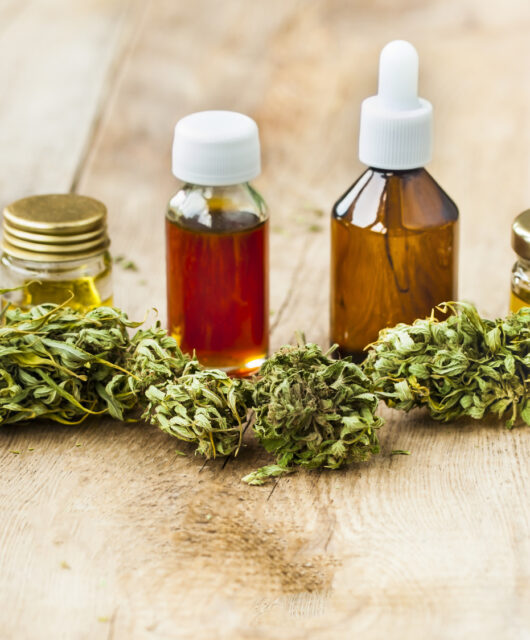How Does a Generic Brand Differ from a Name Brand Drug?
 For many people, medication can be confusing.
For many people, medication can be confusing.
For instance, what’s the difference between a generic brand and the original manufacturer?
No one should have any confusion around the medications they need.
So if you’re wondering what the difference in brand name vs. generic medication is… read on and we’ll help you make sure that your confusion is alleviated.
It Mostly Comes Down to Price
When a doctor prescribes a medication that’s no longer covered under patent protection, there are options available. Many people will request brand names under the illusion that they work better.
That’s simply not true in the vast majority of cases.
When drugs are developed, the company has to foot all of the original costs. These include research and development, original manufacture, and even marketing in countries where it’s allowed.
All of that adds up to a higher price for the patient and it’s one of the reasons why so many medications are prohibitively expensive.
Once patent protection expires other companies can apply through the FDA. The approval process focuses on making sure the drug is equivalent in effects to the original drug.
It’s often in people’s best interests that drugs move towards a generic equivalent quickly since it reduces the price.
There are still some restrictions on generic drugs. They have to be produced entirely by the company which makes them. The original manufacturer can use different companies to bring the ingredients together.
In the end, it really just comes down to who holds the patent and can charge a premium.
Generic Brand Differences
Of course, there usually ends up being some actual differences between the drugs.
While the active ingredients have to be the same it’s the inactive ingredients that most often differ. Inactive ingredients, by definition, can’t change the therapeutic value of the active ingredient.
These ingredients, like lactose and aspartame, aren’t clinically significant in the vast majority of patients.
However, they may matter on occasion in extremely small segments of the population. When it does, the doctor will often prescribe either the brand name or a generic depending on their precise formulation.
Generic pills often have seemingly lower manufacturing standards as well. This can lead to different physical properties in the medication, such as pills that seem to be more crumbly or use different binders that don’t last as long.
Still, these minor differences make no difference at all to the vast majority of the population. Doctors will be aware of those few who have problems since the majority of inactive ingredients are also found in foodstuffs and other daily contact items.
Settle the Difference
While some people will always prefer the original brand over the generic brands available, there’s really no difference for most people. The minor differences all come from compounds that aren’t pharmaceutically significant.
So, the next time that you’re prescribed a medication you’d do well to see if a generic equivalent is available to save money.
What are you waiting for? It’s all about savings in the end.









